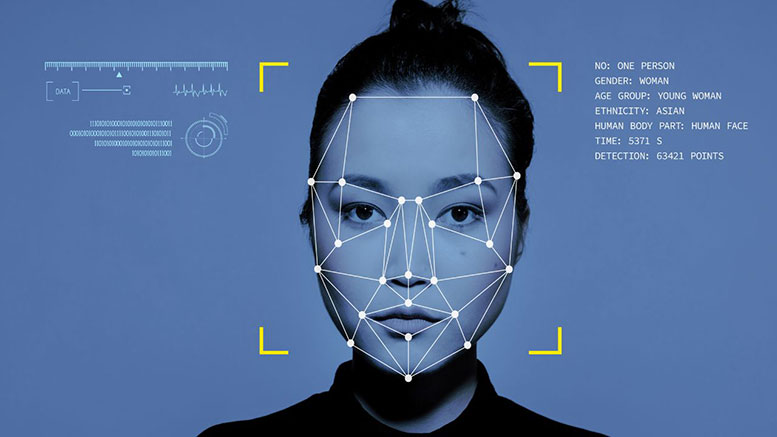Table of Contents
In recent years, Computer Vision (CV) has emerged as a powerful tool that has revolutionized the way we interact with technology. CV is a field of artificial intelligence that enables machines to interpret and understand visual information from the real world. By using algorithms and deep learning techniques, computers can now analyze and process images and videos to perform tasks that were once only possible for humans.
What is Computer Vision (CV)?
Computer Vision is the field of study that focuses on enabling computers to see, interpret, and understand visual information from the real world. This technology allows machines to analyze and process images and videos, enabling them to perform tasks such as object recognition, image classification, and facial recognition.
The development of CV has been made possible by advances in artificial intelligence, specifically deep learning techniques such as convolutional neural networks (CNNs). These algorithms are trained on massive datasets of images and videos, allowing them to learn patterns and features in visual data and make accurate predictions.
Applications of Computer Vision
Computer Vision has a wide range of applications across various industries, from healthcare to retail to autonomous vehicles. Some of the most common applications of CV include:
1. Object Recognition: Computer Vision can be used to identify and classify objects in images and videos. This technology is used in security systems, autonomous robots, and augmented reality applications.
2. Image Classification: CV algorithms can categorize images into different classes or labels based on their contents. This is used in image search engines, medical imaging, and quality control in manufacturing.
3. Facial Recognition: Computer Vision can recognize and identify individuals based on their facial features. This technology is used in security systems, access control, and personalized marketing.
4. Autonomous Vehicles: CV plays a crucial role in the development of self-driving cars and other autonomous vehicles. These vehicles use Computer Vision to navigate the road, detect obstacles, and make decisions in real-time.
5. Medical Imaging: Computer Vision is used in medical imaging to analyze and interpret images from X-rays, MRIs, and CT scans. This technology can help doctors diagnose diseases and monitor patient health.
Challenges in CV
While Computer Vision has made significant advancements in recent years, there are still several challenges that researchers and developers are working to overcome. Some of the key challenges in CV include:
1. Limited Data: CV algorithms require large amounts of labeled data to learn patterns and features in visual data. Obtaining high-quality and diverse datasets can be time-consuming and expensive.
2. Interpretability: Deep learning models used in Computer Vision are often complex and difficult to interpret. Understanding how these models make decisions is crucial for ensuring their accuracy and reliability.
3. Robustness: Computer Vision systems are vulnerable to adversarial attacks, where small changes to an image can cause the algorithm to make incorrect predictions. Ensuring the robustness of CV algorithms is essential for their real-world applications.
4. Ethical and Privacy Concerns: The use of Computer Vision technology raises ethical and privacy concerns, particularly in areas such as facial recognition and surveillance. Ensuring the responsible use of CV is crucial for protecting individuals’ rights and privacy.
Future of CV
Despite the challenges, the future of Computer Vision looks promising. Advances in deep learning, hardware acceleration, and data collection are driving the development of more accurate and robust CV algorithms. As this technology continues to evolve, we can expect to see even more innovative applications in areas such as healthcare, agriculture, and environmental monitoring.
In conclusion, Computer Vision is a groundbreaking technology that is transforming the way we interact with visual information. From object recognition to autonomous vehicles, CV has a wide range of applications that are reshaping industries and improving our daily lives. By addressing challenges and ensuring ethical use, Computer Vision has the potential to revolutionize technology and society in the years to come.
